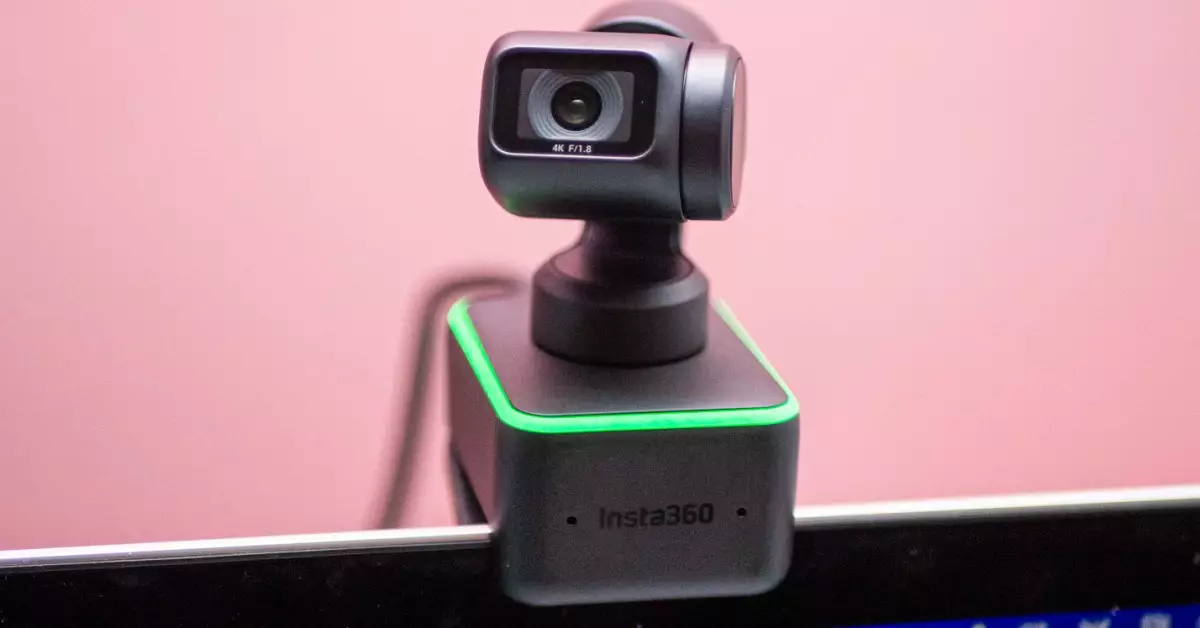As the gaming landscape continues to evolve, so do the devices that enhance our play experiences. With the launch of the Nintendo Switch 2, Nintendo has innovated yet again, introducing features that enable gamers to connect with friends seamlessly. However, a significant question looms: which webcams are compatible with this new console? In an age where technology is often streamlined and user-friendly, it’s puzzling that manufacturers haven’t provided clear, concise guidance on compatible webcams. The challenge is not merely choosing any USB-C webcam off the shelf; that selection is fraught with uncertainty.
Nintendo’s Bold Claim
Nintendo has proposed that users can utilize any USB-C camera for video chatting or streaming purposes on the Switch 2. They also offer an official camera accessory that adds convenience but comes at an extra cost of $55. While this assertion seems accommodating and versatile, the reality has proven to be quite different. Many popular models, including the Logitech Brio 4K and the Elgato Facecam MK.2, simply don’t function with the console. This mismatch creates frustration among gamers eager to engage with one another, as the tech community expected a more universal compatibility standard.
Compatibility is Key
What’s alarming is the lack of transparency surrounding which webcams truly work with the Switch 2. Trials have shown that, unbelievably, some of the most recommended models in the market don’t make the cut. The Logitech C920, a camera that has stood the test of time and received countless accolades, operates flawlessly with the console. In stark contrast, high-profile models known for their advanced features and capabilities fail to engage with what should be a straightforward plug-and-play experience. This inconsistency raises questions about Nintendo’s design specifications and whether their statement about “compatible with USB-C” is misleading, suggesting rather that only certain models are tested and approved.
The Industry’s Silent Response
Interestingly, Nintendo is not alone in this ambiguity; the major webcam manufacturers, including Logitech, Razer, and Elgato, have been vague in confirming which models are suitable for the Switch 2. When contacted for insights, the manufacturers had no definitive answers, reflecting poorly on the partnerships between gaming and technology companies. The absence of a reliable, communicated list magnifies the gap in customer satisfaction, particularly when eager gamers seek answers. This situation forces the community—both avid fans and tech experts alike—to compile their own lists based on trial and error.
A Community-Driven Solution
The silver lining in this cloud of confusion is the potential for a collaborative resolution. As players share their experiences, communities can gather and publish updated lists that keep track of functional webcams. This grassroots approach could provide real-time feedback on which devices truly enhance the gaming experience. For instance, webcam enthusiasts and gamers alike have already begun to document successful laptop cameras and mobile devices that can be converted into functional accessories for streaming.
However, this poses the question: should the responsibility of compiling compatibility lists fall on the community, or should gaming companies step up to ensure that customers select the right products without facing obstacles? Companies like Elgato have hinted at potential firmware updates that may allow existing cameras to adapt, showcasing a willingness to innovate and support the user base.
Final Thoughts on Customization and Gaming Hardware
It’s disappointing that launching a new console comes with this level of ambiguity regarding essential peripherals. As technology continues to advance in every aspect of our lives, gaming hardware should ideally follow suit in terms of usability and reliability. There is a fundamental expectation that, when companies put a product on the market, they support it with a clear guide and resources for optimal use. Ideally, Nintendo and its partners should unite to establish definitive compatibility guidelines, ensuring a smoother and more rewarding gaming experience. Until that happens, innovative gamers will have no choice but to test and share their findings within the community, a testament to the resourcefulness of the gaming population.

